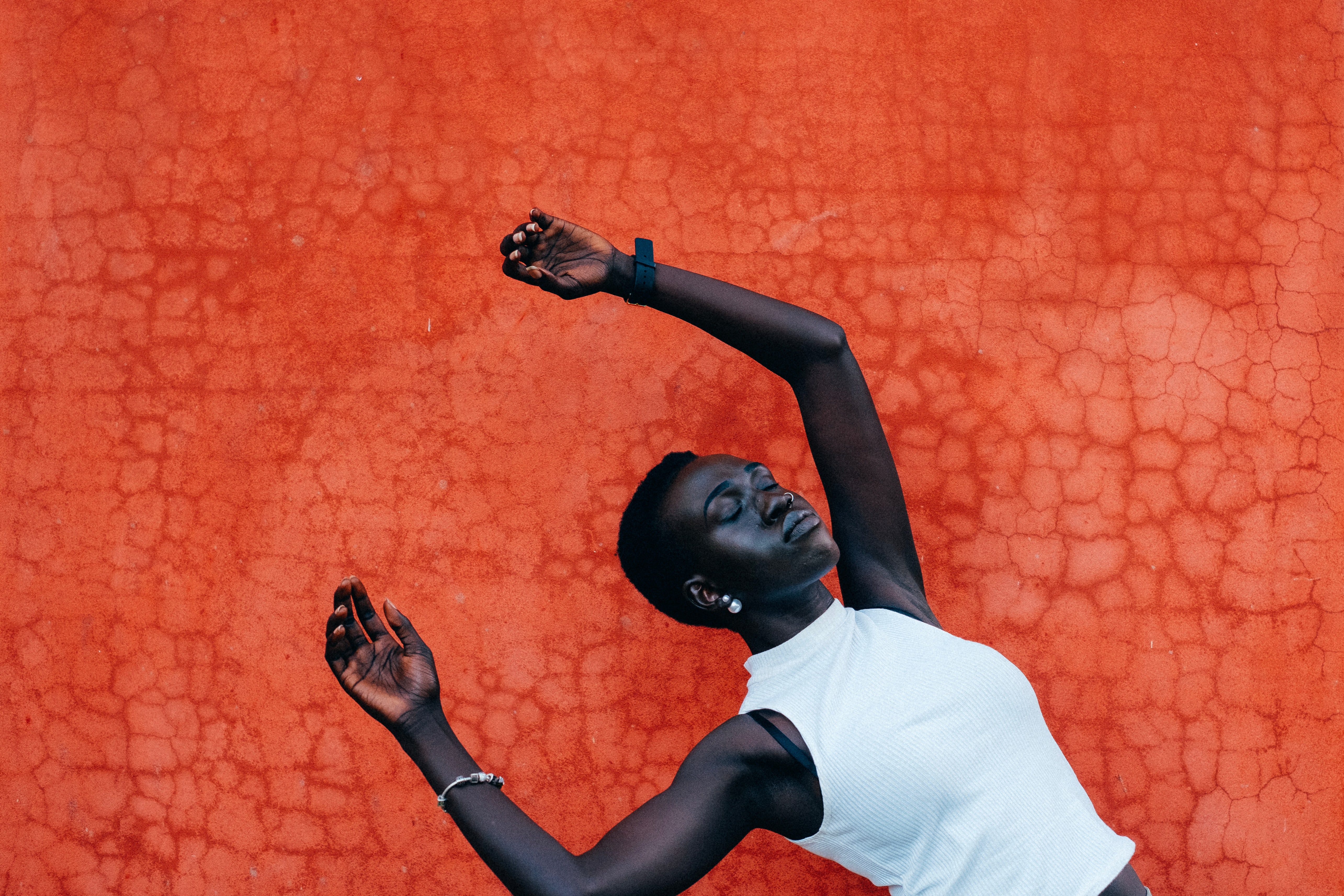I stumbled upon British Vogue’s February issue cover on a WhatsApp status, and I didn’t think much of it. It was black, full of blackness. But nothing out of the ordinary. I had moved on to other things, only to later learn of the backlash on Twitter. Many big words were thrown around: fetishization, exoticization, misrepresentation, cultural colonization, and the rest. I didn’t think any of these things. At worst, I saw it as “agenda art”–art that was trying too hard. But it didn’t get me angry, and I began to wonder if there was something I was supposed to see that I didn’t. Was African art entirely disregarded for the longest time? Yes. Should we be pissed when it is misrepresented? Definitely. But are we expecting too much from non-African publishers as regards this representation? Well, maybe.
Vogue’s editor Edward Enninful, a UK-born Ghanaian, got together nine prominent supermodels from Africa who, he said, were redefining what it means to be a model. In his bid to give more space to African beauty, the controversial cover was created. We didn’t consider Edward’s intentions. We didn’t think about the models who gladly posted the cover on their handle, who didn’t feel fetishized, exoticized, or misrepresented. We flexed our pitchfork-fingers and tweeted away our offense of reverse-bleaching, colonialist wigs, and joyless faces. In a bid to protest insensitivity, we acted as a mob displaying the very same, disregarding our ignorance of the technicalities of the art.
Black photography is challenging, and testament to this is the art direction of Vogue’s controversial cover. Like Roy DeCarava, the photographer had perhaps decided to explore blackness in photography, against the norms of lightening dark skin. The models appeared darker, and immediately, we believed it was about malice and proof that blackness was only appreciated in its deepest hues.
[perfectpullquote align=”right” bordertop=”false” cite=”” link=”” color=”” class=”” size=””]So, pause. Before we take pride in our insistence on always being offended before we drop a litany of offenses on Vogue, what does it mean to be African? And what is the mold of Africanness? Slim or bodacious? Light or dark-skinned? Wigs or afros?[/perfectpullquote]
In a New York Times essay, Teju Cole explored DeCarava’s photography of black skin, discussing this very technicality. He talked about another artist, Édouard Glissant, who, despite external pressures for everything to be illuminated, simplified, and explained, continued to defend the opacity, obscurity, and ambiguity of his work on Caribbean blacks and other marginalized people.
Cole argued that the viewer’s eye, after a probable protest, will eventually accept the photograph’s implications: that black bodies can stay in the shadows, darker than what should be perceived; that they don’t have to give themselves up for our visual pleasure. The world has always called black bodies “too dark”. And these photographs, in Cole’s words, were saying in response: “But you have no idea how dark we may yet be, nor what that darkness may contain.” Simply put, darker is not supposed to be suspect and unappealing.
In direct variance, when Kamala Harris, newly elected, appeared on the cover of another Vogue February issue, outrage spread. Some said her skin tone was too light. These contrasting views suggest an ongoing artistic debate on black skin in photography. Either way, fair or dark, we cry foul.
But there’s more. Some said Enninful’s ambitious photo wasn’t a truthful representation of African women. How do we suppose that one photograph can capture the difference, diversity, and divergence of African women? And how do we decide what is African and what isn’t? What are the criteria? Vogue’s cover only brandished Africa’s supermodels—women of an almost infinitesimally small subset of African womanhood.
Also, millions of black women, many of whom never make it to the cover of a Vogue issue, wear “European wigs” and aren’t always full of joy. I agree that hair is political and that more women should embrace their hair in its natural form, but the reality is this: black women wear wigs. Black women straighten and curl their hair. These women, too, are authentically African and deserving of magazine covers in their “un-African” state. To insist only on pictures of African women wearing beads, afro puffs, and colourful African print is to create boxes for ourselves in our bid to be unboxed.
So, pause. Before we take pride in our insistence on always being offended before we drop a litany of offenses on Vogue, what does it mean to be African? And what is the mold of Africanness? Slim or bodacious? Light or dark-skinned? Wigs or afros? In truth, Africanness is demonstrated in all these characteristics, within reach and belonging to no particular group.
Instead of anger, perhaps we can see these photographs as seen through the artist’s eyes. Since cameras were built to favor the capture of white skin, could this be an act of open rebellion? A protest? What is he trying to say, and why is he saying it? This way, we open the door for better conversations while allowing the artist the creative freedom that making art requires.
Arekpitan Ikhenaode is a writing fellow at African Liberty.
Photo by Alvin Balemesa on Unsplash.

